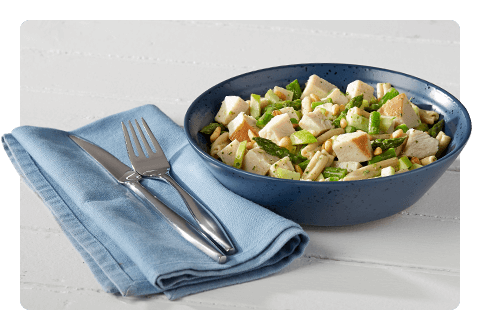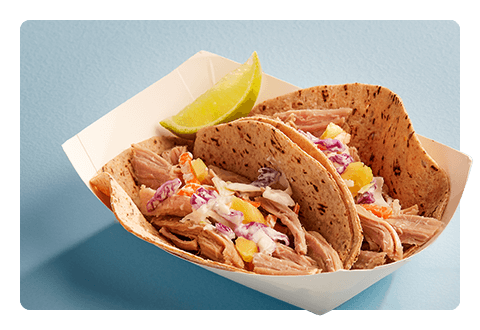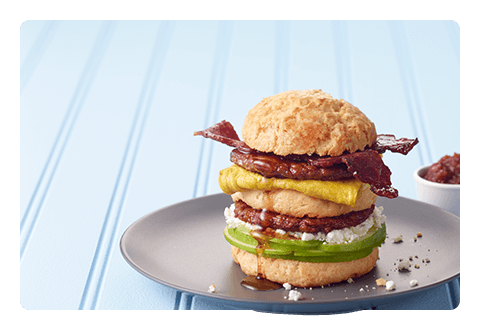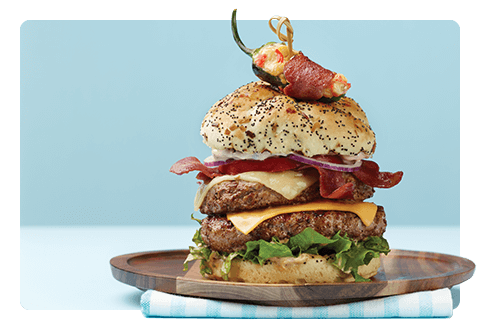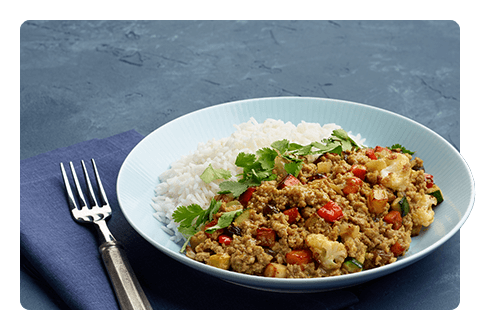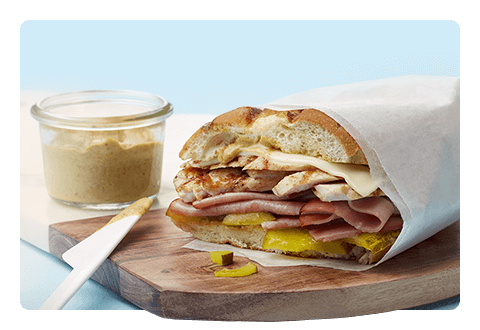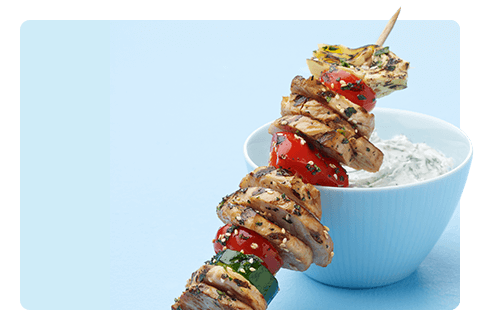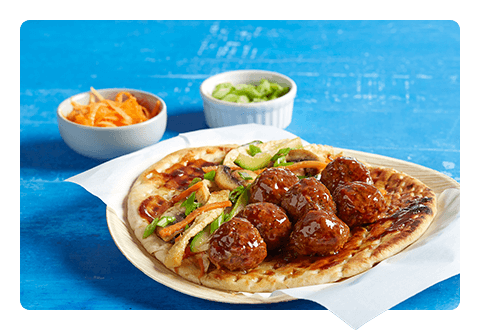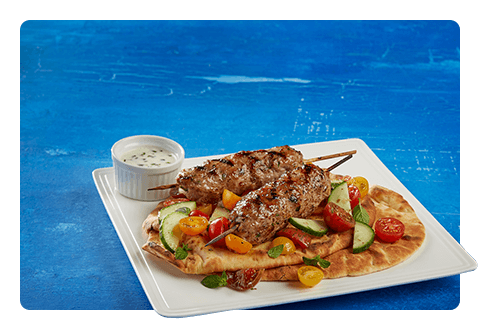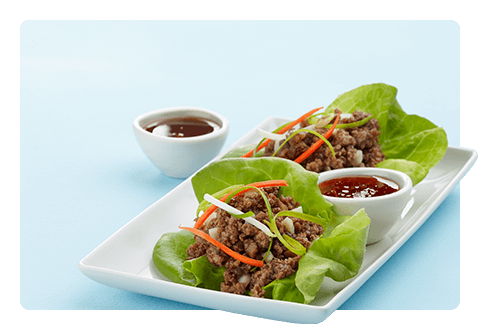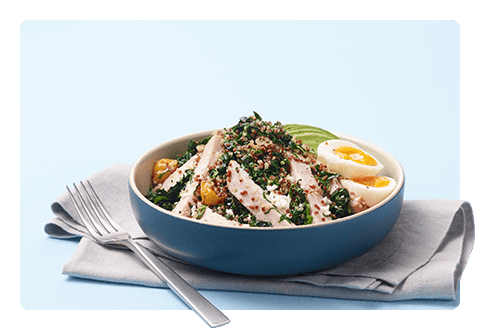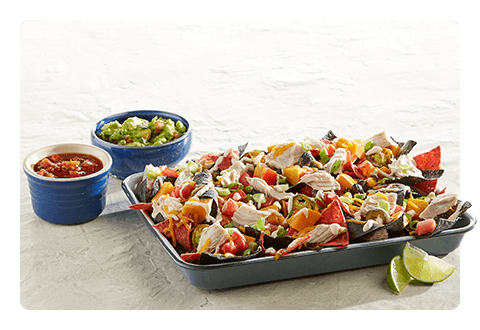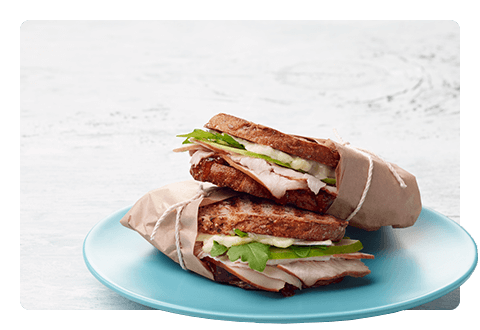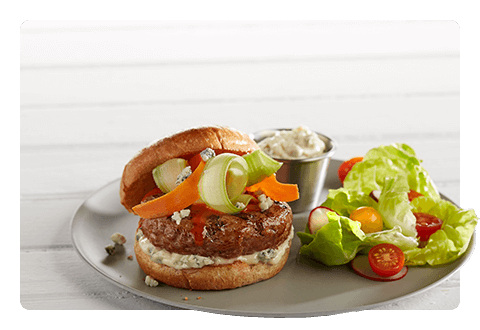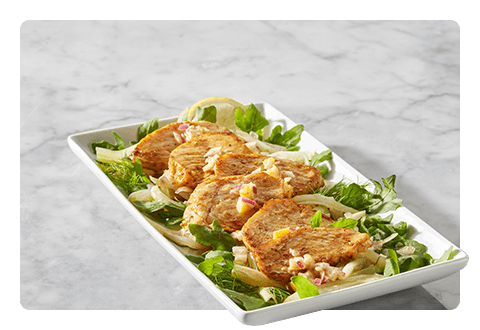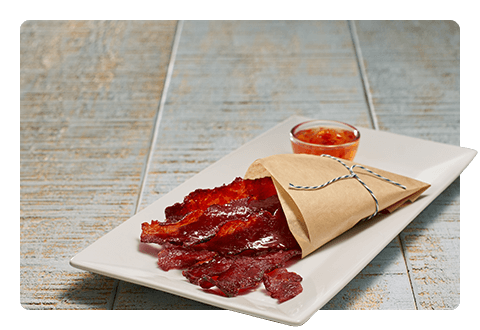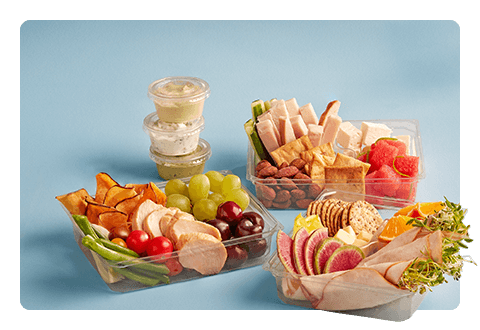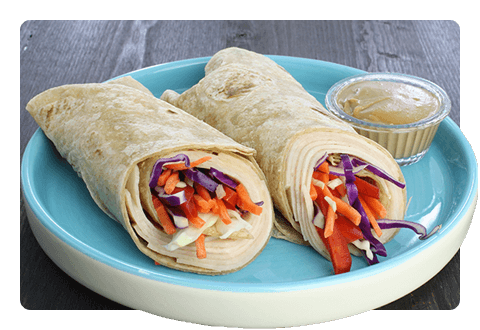How Diners Pucker up with Sour Flavors
March 2019
Chefs in the U.S. have traditionally focused on fusing savory, salty and sweet tastes—but as consumers continue to seek new flavor experiences, chefs are experimenting with more sour ingredients. Many popular Asian cuisines, for example, prominently feature sour flavors, which are inspiring new, piquant dishes. Here are some ways to tap into trending sour tastes:
- Find new uses for kimchi—fermented veggies traditionally used in Korean cuisine, now making their way into a wide variety of dishes. Explore combining this ingredient with other ethnic cuisines to create intriguing fusion dishes, such as kimchi tacos. Even kid favorites, like grilled cheese, mac and cheese, and ice cream, are getting the kimchi treatment. This Kimchi Turkey Burger offers a sour twist on a classic burger with a sweet chili mayonnaise spread.
- Think sauces and marinades. Vinegar can give barbecue sauce a tang, and there are additional opportunities for it on menus. For example, dishes from the Philippines feature vinegar as a base for many foods, most notably in chicken adobo. Filipino ceviche, dipping sauces and marinades also rely on vinegar as a primary ingredient.
- Use fruits. Persian dishes incorporate sour flavors by relying on fresh and dried limes, pomegranate, tamarind, rhubarb and oranges to give dishes a tangy sensation. While not as familiar to patrons as Mexican or Italian cuisines, Persian is quickly gaining traction. At Sofreh in Brooklyn, chefs pair savory proteins with tart fruits.
- Ferment the unexpected. Try corn, tomatoes, strawberries, peaches and blueberries. This process gives foods a slightly acidic taste because of the alcohol being produced. Fermentation not only adds exciting flavors to the menu but also extends shelf life, removes bad bacteria, and makes it easier to absorb vitamins and enzymes.
- Consider sour beverages. Tart flavors are making a splash in drinks like kombucha. While soft drinks contain a sweet-tasting fizz, kombucha can provide consumers with a puckering taste on top of health-promoting benefits, such as probiotics. Taprooms that serve locally made versions of this fermented tea are opening across the country. At American Cultures in Denver, guests can take kombucha home in reusable growlers instead of single-serving bottles.
Turkey can be a great canvas for sour flavors. Low in calories and high in protein, it’s a better-for-you ingredient that can freshen up menus, especially in new flavor combinations. With this versatility, restaurants can provide adventurous tastes that encourage guests to come back for more excitement.
Does your menu offer sour flavors? Tell us about it on Facebook or LinkedIn. To stay in the loop about foodservice trends, visit our Resource Center, and find more recipe inspiration to shake up your menu in our Culinary Center.
SOURCES
Baum+Whiteman’s 13 Hottest Food & Beverage Trends in Restaurant & Hotel Dining for 2019, Baum+Whiteman, October 2018.
Huen, Estacia. The Top 5 Food Trends To Watch In 2019, Forbes, November 2018.
Mason, Ashley. 178 Funky Fermented Foods from Restaurants Across the Country, Bon Appétit, January 2017.

